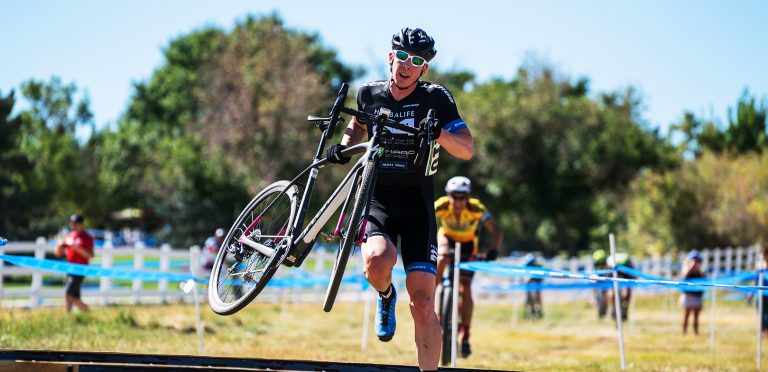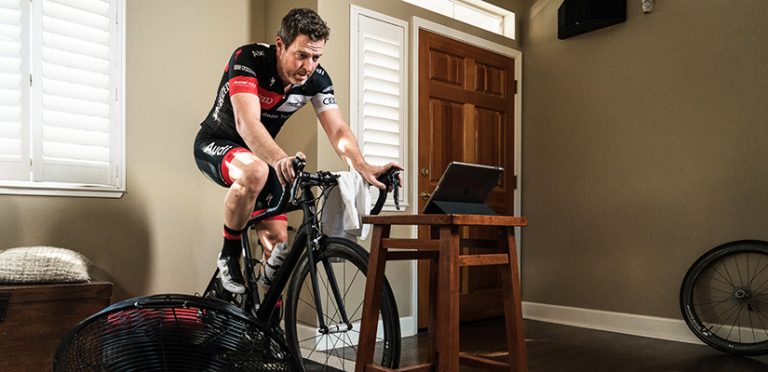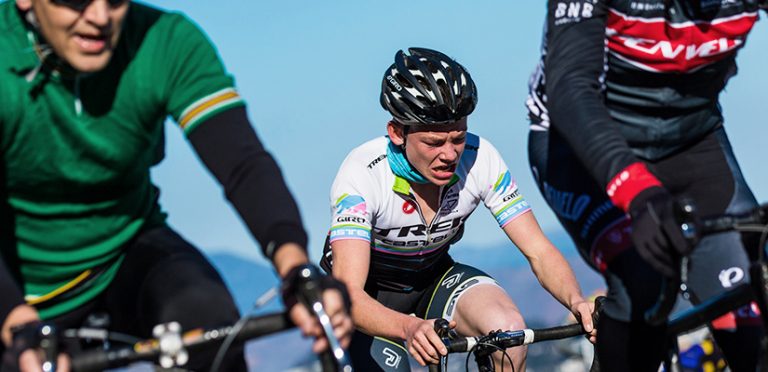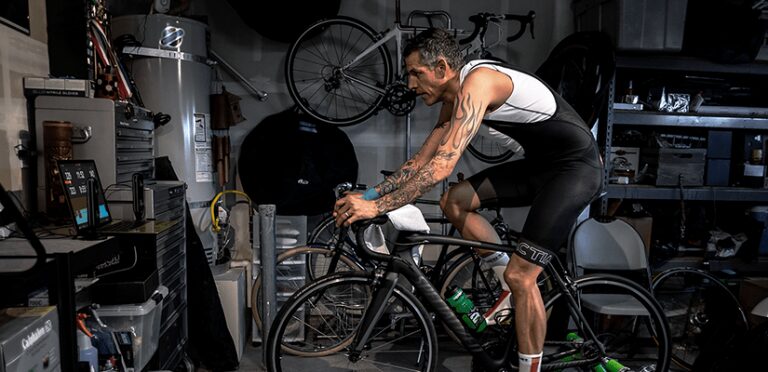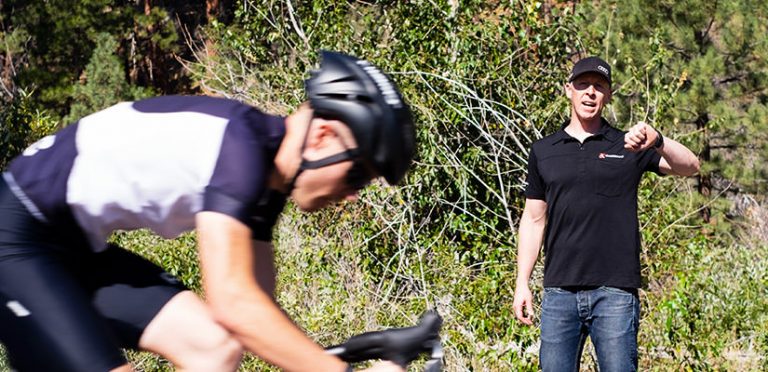All Cyclocross Specialty training plans are improved to be more specific to your riding and racing goals. What’s New All Cyclocross plans include even TSS weeks to allow riders to easily integrate training races and higher-priority races into their training. To prepare riders for rapid-fire repeats seen in ‘cross racing, these plans put an emphasis…
